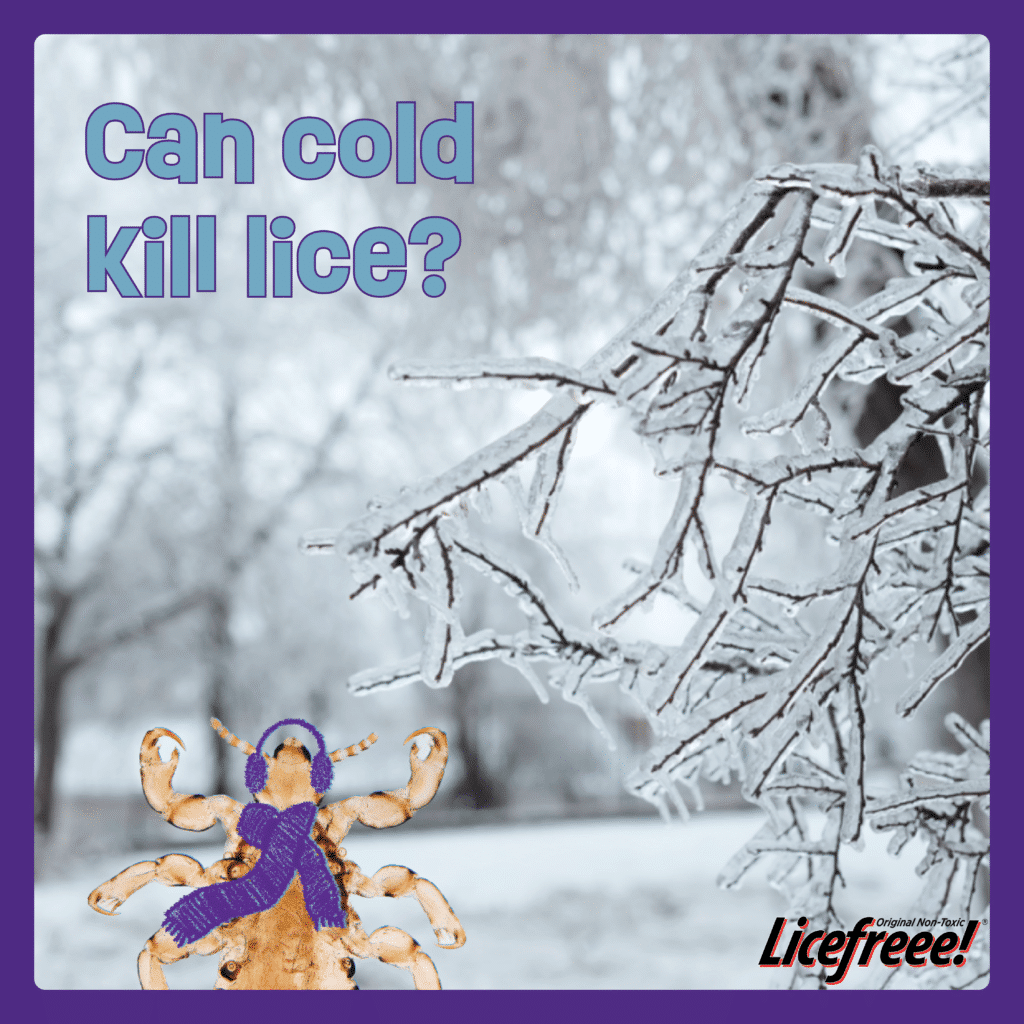
The cold season creeps in, and it’s time for coats and hats at school. While you may think cold temperatures are likely to kill lice, it’s the opposite. In contrast, lice infestations increase during winter, thanks to bulky warm clothes that act as a carrier for these pesky parasites.
Lice are tiny, parasitic insects that live on the scalp and hair of humans. Their bites cause itching and discomfort, especially among schoolchildren. In this article, we’ll explore the lifespan of lice, their ideal environment, and how they are spread.
Lice Lifespan and Ideal Environment
Lice live for about 30 days, during which they go through three stages: egg (also known as a nit), nymph, and adult. Nits are laid at the base of human hair, closest to the scalp, and hatch in approximately 7-10 days. The newly hatched nymphs take another week to 10 days to mature into adult lice, then mate, lay eggs, and live for up to 30 days. As you can imagine, a lice infestation can happen quickly, as a female louse lays between 50-150 eggs in her lifetime, all of which are constantly multiplying.
Lice thrive in warm, humid environments, which is why they typically live on a human scalp, nestled within the hair and feeding human blood. They cannot survive off the human host for more than 24-48 hours.
Can Cold Kill Lice?
While lice seek out warm, humid environments, they can also withstand cold temperatures. Lice can go into diapause, suspended development during unfavorable environmental conditions. This allows lice to survive temperatures as low as -22 degrees for short periods and even lower temperatures for more extended periods.
How is Lice Spread?
Lice infestations can happen to anybody, but they are most commonly observed among school-aged children. It’s important to note that lice are not an indication of poor personal hygiene, like not bathing. Lice are attracted to human blood, and anyone who comes into contact with these parasites can fall victim to them.
Head lice are most commonly spread by head-to-head contact. This typically occurs during close-contact sports, group gatherings, or school activities. Another popular way lice spread is via clothing and shared hair accessories, like scarves, hair ties, caps, hats, and combs. Unwashed linens and clothing can also aid the spread as nits and lice can be carried on these surfaces, making their way to human scalps.
How to Treat Lice
There are several treatments for lice removal, including over-the-counter and prescription medications and home remedies. The most effective therapies target both adult lice and their eggs.
Licefreee Spray is an excellent option for an over-the-counter treatment. Spray on the head, saturating the hair. Allow the spray to dry naturally, and then use a professional nit comb to remove any dead lice or nits. To prevent a re-infestation, use Licefreee Everyday Shampoo in the days and weeks following the treatment. Apply the shampoo as you would a regular shampoo and follow up by combing the hair with a fine-tooth comb.
To prevent in-direct spreading, wash any clothing or linens that have come in contact with the infected person. We recommend using a hot machine cycle and drying on high heat.
